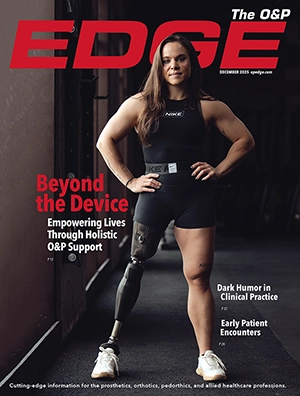A team of researchers conducted a literature review across six databases (PubMed, Web of Science, EBSCO, Scopus, Cochrane Library, and Sage) to evaluate the clinical outcomes of 3D-printed orthoses. They concluded that 3D-printed orthoses can enhance gait parameters, functional performance, comfort, fit, and effectiveness compared to conventional methods, but small sample sizes, lack of standardized assessment methods, and durability concerns must be addressed through further research.
Sixty-two studies that assessed 3D-printed insoles, AFOs, spinal orthoses, upper-limb orthoses, and cranial remolding helmets met the inclusion criteria. The main clinical outcomes that were analyzed were gait parameters, functional performance, radiographic measurements, comfort, fit, and effectiveness.
The studies on 3D-printed insoles demonstrated effective plantar pressure redistribution and increased comfort; AFOs showed improvements in gait symmetry and mobility; spinal orthoses showed reductions in Cobb angles and enhanced postural stability in patients with scoliosis; upper-limb orthoses found improved grip strength, spasticity management, and user satisfaction; and helmets demonstrated improved fit and reduced treatment duration.
The open-access study, “The current state of 3D-printed orthoses clinical outcomes: a systematic review,” was published in BMC Musculoskeletal Disorders.




